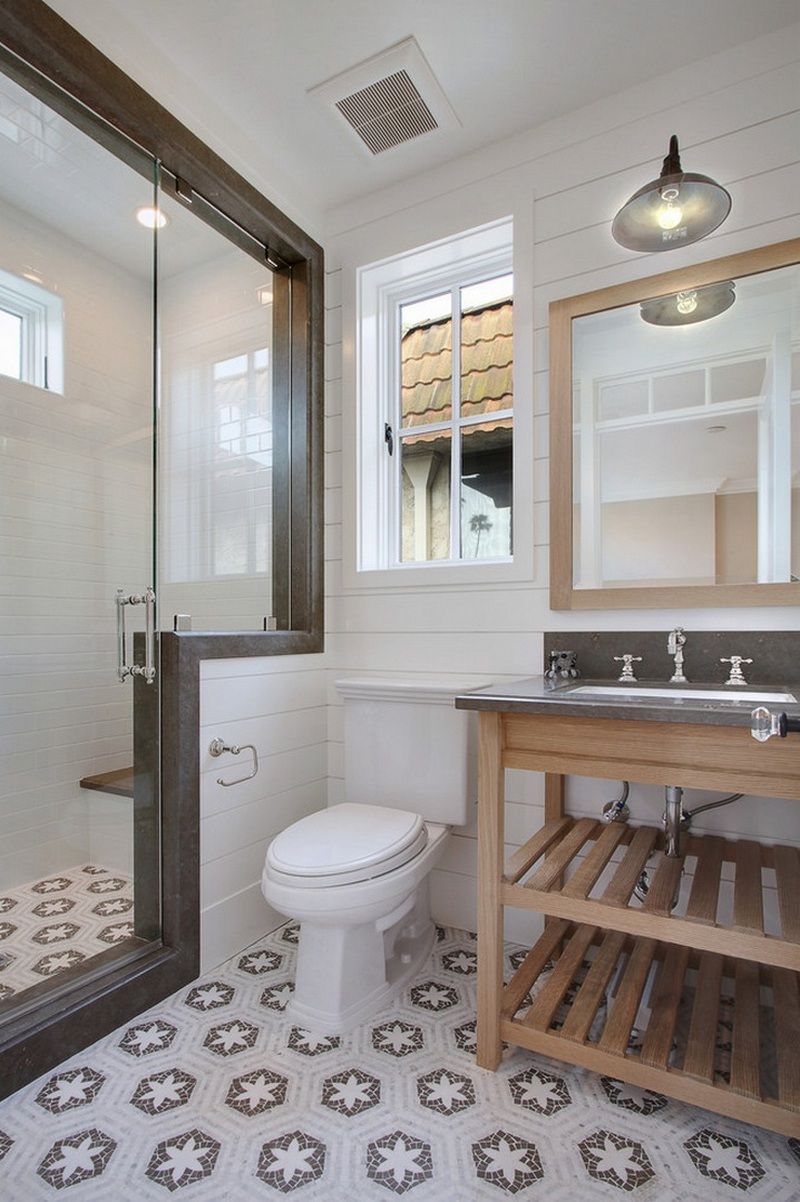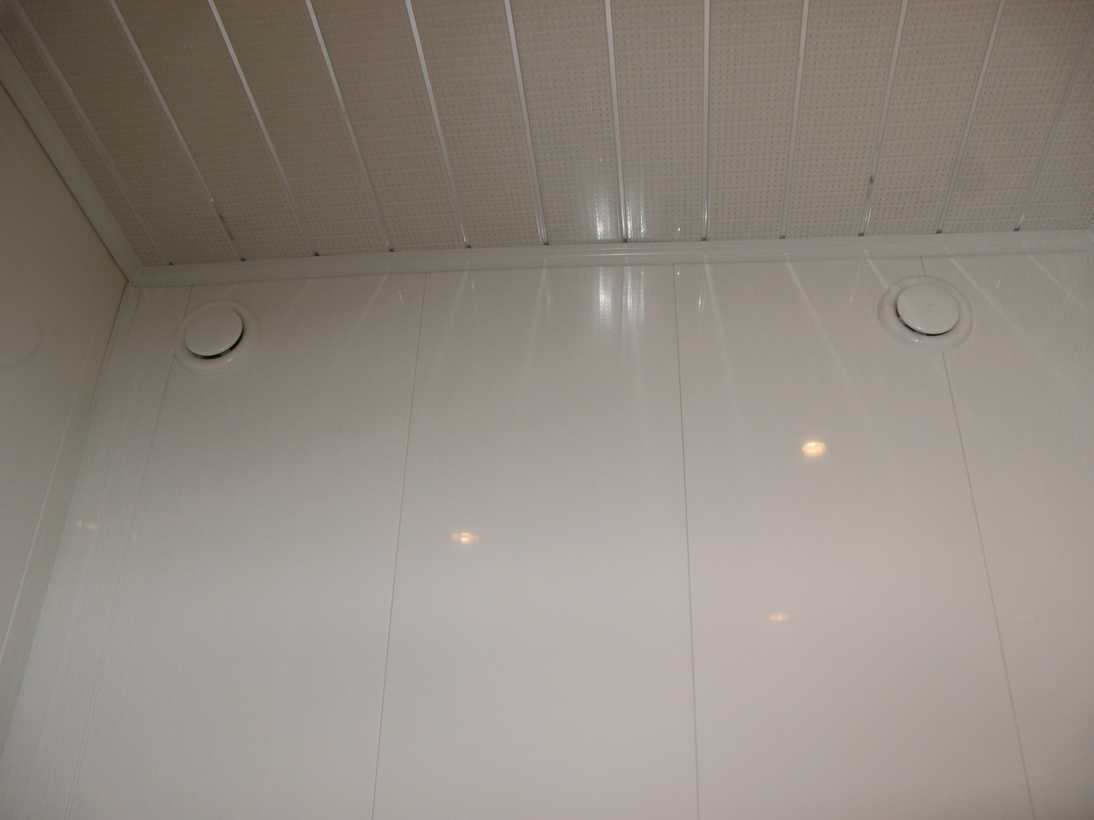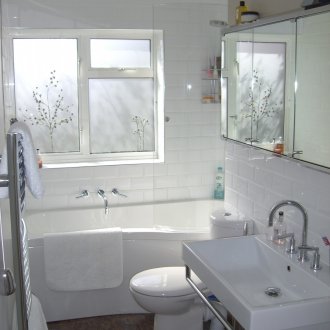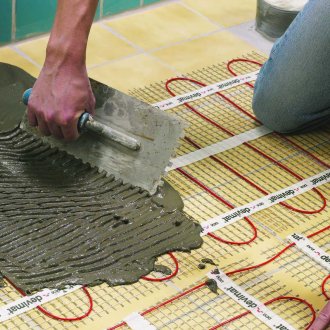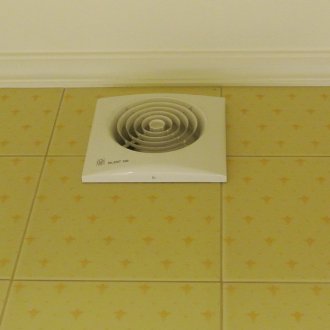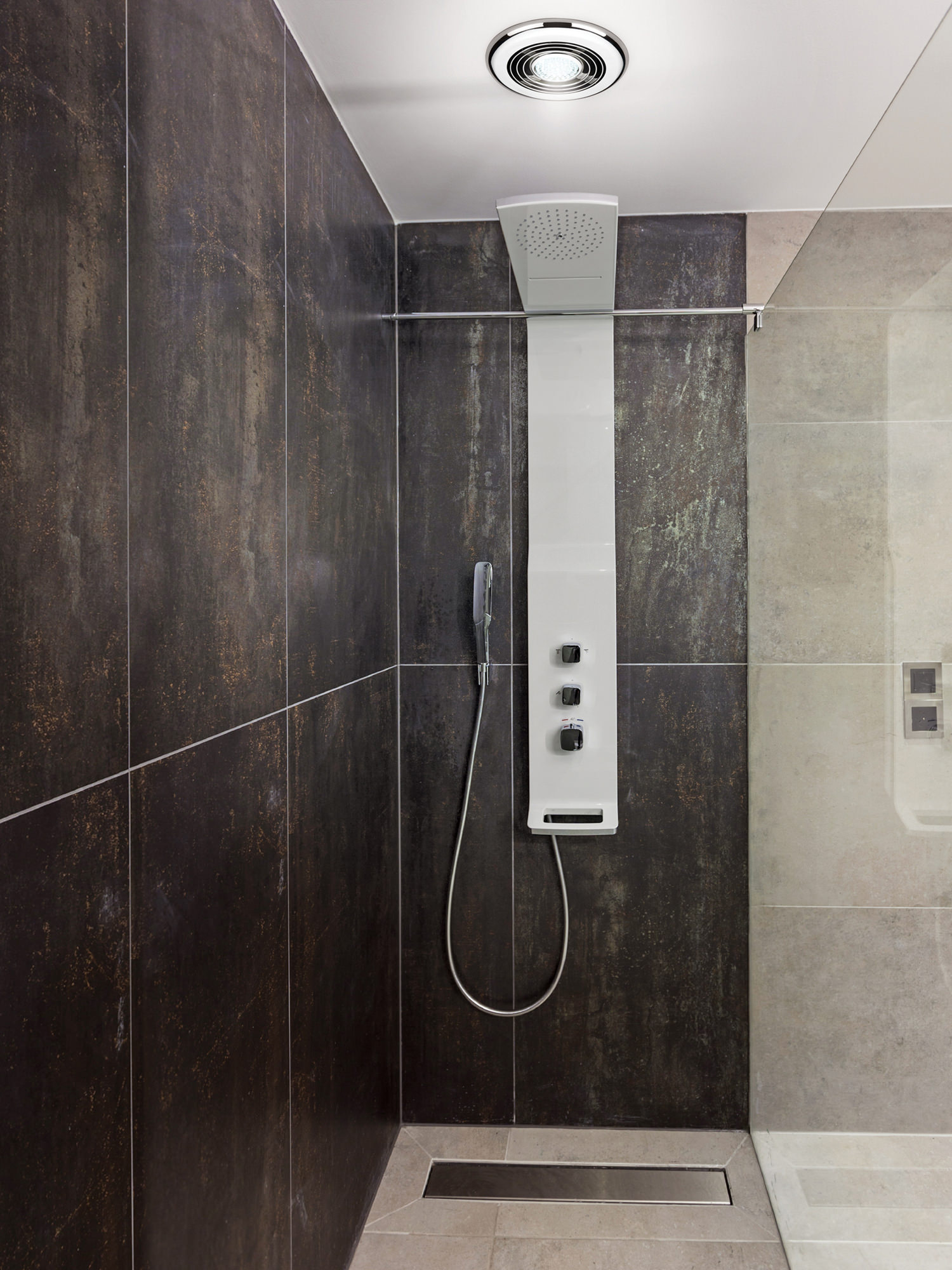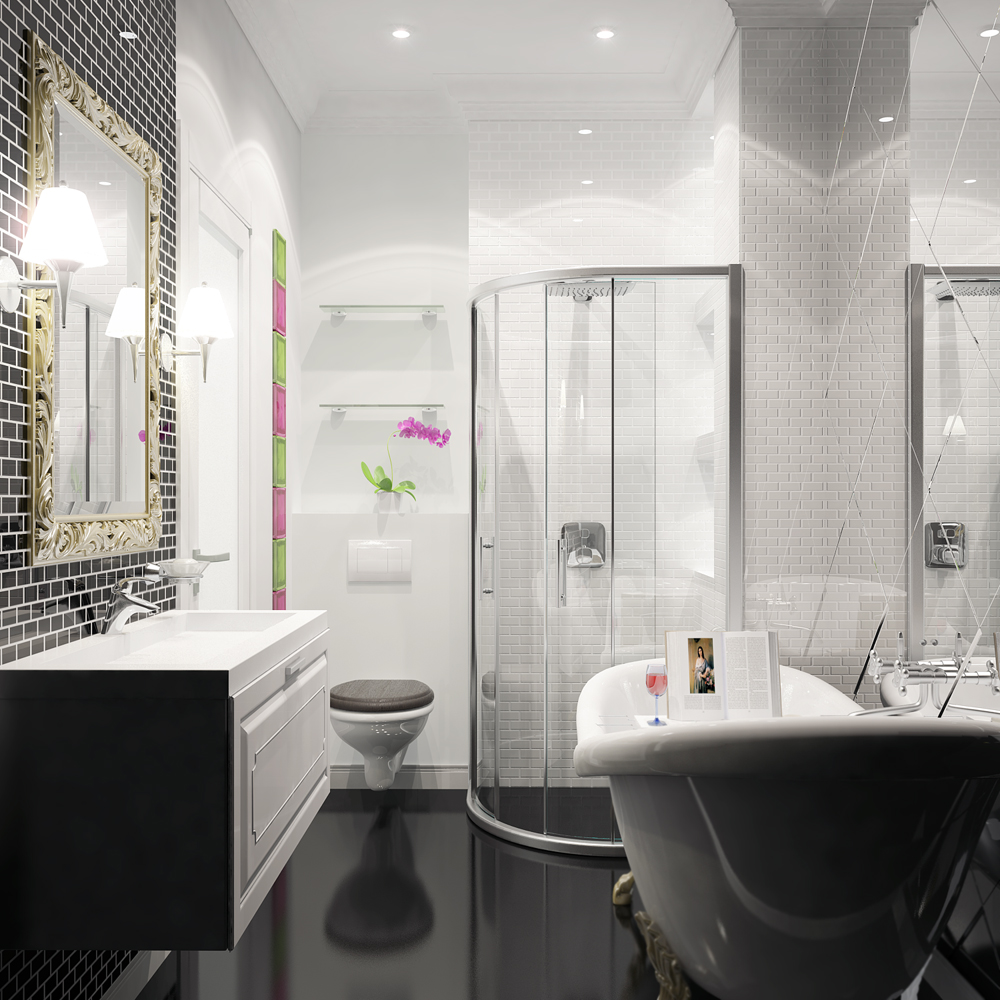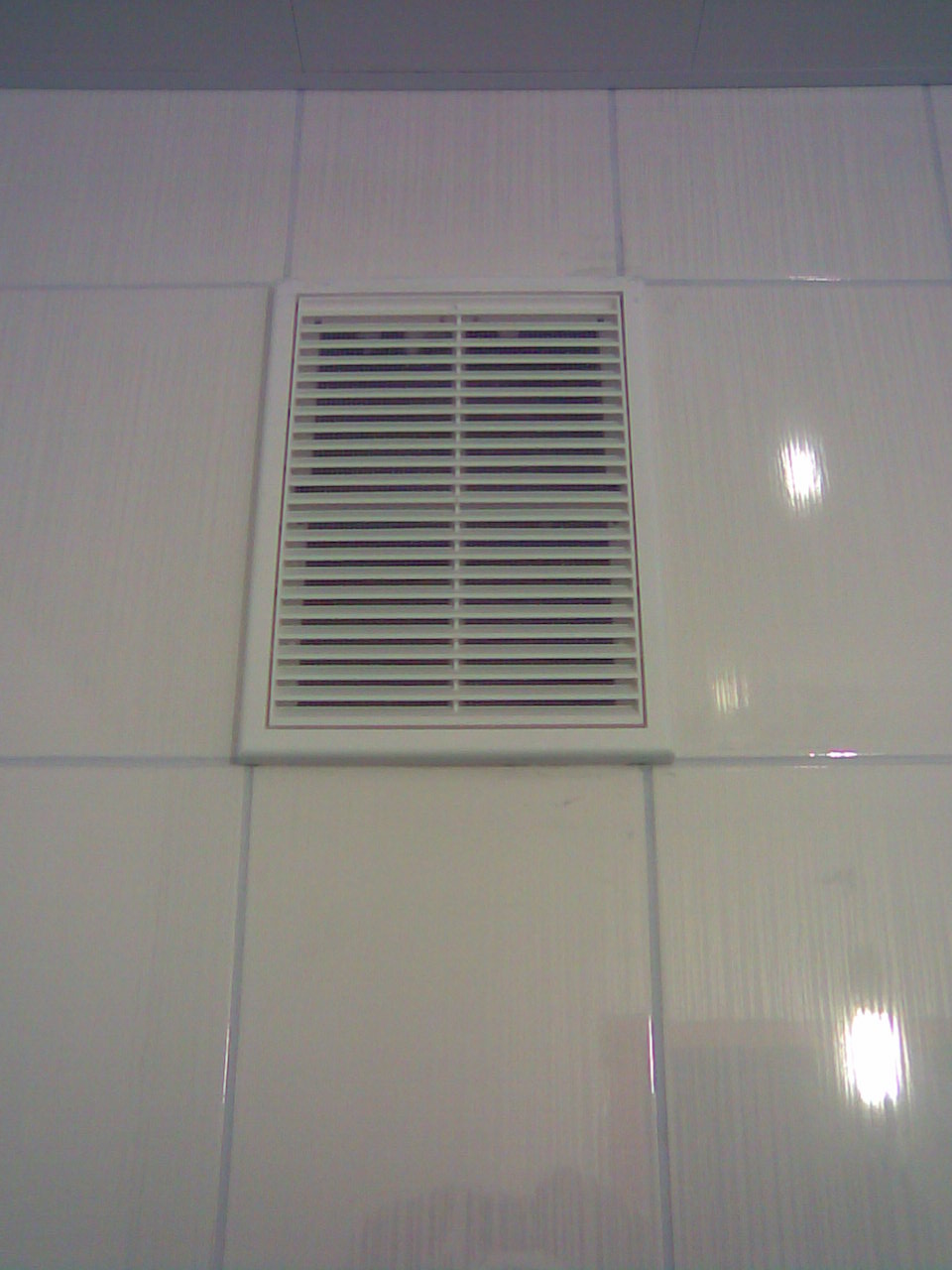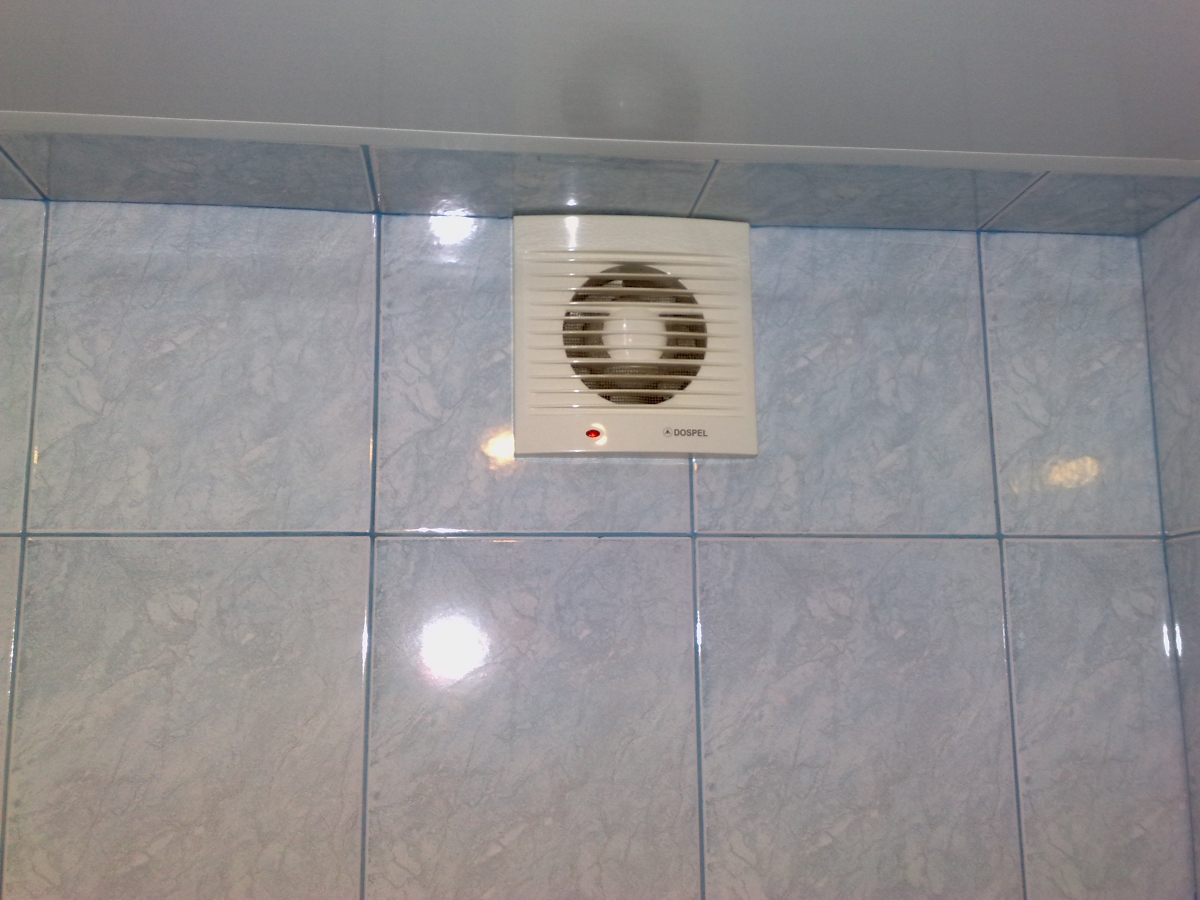Hood to the bathroom: the secret of success of the ideal device (20 photos)
Content
Equipment with a bathroom exhaust hood is a necessary measure to prevent the appearance of fungus, mold and annoying unpleasant odor. Constantly high humidity inevitably leads to such problems. However, using the simplest ventilation system, you can make the bathroom comfortable and safe, where freshness reigns.
Device features
A bathroom hood is an extremely simple device. This is usually a forced ventilation system. Key components of the device:
- Air duct connected to the ventilation riser of the house;
- Fan.
A simple ventilation system in the house operates according to the supply and exhaust principle. However, more and more people living in high-rise buildings equip their homes with a forced-type system. This allows you to always effectively ventilate any room, and in the case of a bathroom, also remove excess moisture.
Specific variety of exhaust structures
The hood in the bathroom and toilet can be either simple or automatic. In the first case, the device is a conventional electric type fan, which is placed in a tubular housing. It is included at the discretion of the owners of the apartment.
Often they use this way of working: when the light button is turned off, the fan starts to work in the room. However, this method does not always allow you to completely get rid of an excess of moisture, so experts increasingly recommend equipping an individual switch for hoods.
Automatic devices
The automatic system works similarly to the previous device, except that the operation of the fan is controlled by sophisticated electronics. The most convenient and correct from the point of view of controlling the level of humidity are devices equipped with special sensors. As soon as the indicators reach a critical maximum, the hood in the bathroom and toilet begins to work intensively until all the values return to normal.
Additional functionality
Any of the mechanisms described above may be equipped with additional options. The most popular addition is the presence of a check valve. It allows you to prevent the passage of air in the reverse order. This indispensable addition can be useful to residents of apartment buildings, who are often forced to enjoy the smells of burnt onions or fresh borsch, “migrating” with a kitchen neighbor.
A hood in a bathroom in a private house usually has direct contact with the environment from the street. Experts recommend a closer look at devices with an adjustable diffuser. The owner of the house, unscrewing or twisting the washer in the hood, can easily adjust the amount of air that is thrown into the street at once.
Natural and forced designs
Earlier it was mentioned about the natural hood and the forced type of devices. In the first case, the air purification mechanism is activated against the background of a natural temperature difference. Air flows from the intake shaft.They take away moisture and exhaust gases, allowing fresh air to enter the room.
The forced draft in the bathroom is powered by an electric fan. It pumps clean air flows, removing residual contaminants. An exhaust fan is installed for several reasons:
- If the ventilation system tends to clog regularly;
- In the event that natural outflows of air for some reason do not occur, as required by the parameters of the room;
- If the traction is too powerful.
Forced structures are advisable to use if during the redevelopment the toilet and the bathroom are combined. A single space simple ventilation system usually does not ventilate well.
Fan classification
Exhaust fans are classified in several directions. Given the installation method, it is worth highlighting the following types of devices:
- Ceiling. This installation of the hood in the bathroom provides for fixing all the key elements on the ceiling. Ceiling devices are best used in large, spacious rooms. The ease of installation and low cost of such a fan is associated with its high productivity;
- Wall mounted. The overhead type device is mounted on the wall directly to the air outlet. This is the most popular option for small rooms.
In addition to the mounting method, the fans differ from each other by the principle of operation and the features of the internal structure. In general, the following devices are used today:
- Axial. The device consists of a wheel with cantilever blades and a cylindrical body. In the wheel itself is the axis of the electric motor. In the direction of movement of the blades, air flows. Such a hood in the bathroom should be equipped with a collector, which will significantly increase the aerodynamic qualities of the device. Devices are mounted exclusively on the wall. Among the shortcomings, it is worth noting the excessively high noise level;
- Radial. The design is reinforced by the use of a blade wheel, which is located in a special spiral casing. Air masses fall between the blades, follow in a radial direction to the casing, and then into the discharge opening. The device works much quieter than axial counterparts. In addition, the radial type fan is more powerful and easier to withstand heavy loads;
- Centrifugal. Simple and convenient devices are also called channel devices. They are designed for fairly large rooms. Mounted under the ceiling. This will require a quality duct. The noise level is extremely low, given the impressive power of the fan itself.
It is worth mentioning also about roof types of fans. They are mounted on the roofs of high-rise buildings. They are powerful and durable, but the most expensive of all the options presented.
Rules for choosing a hood
The first criterion to be guided by is the power and the estimated volume of air driven. These indicators directly depend on the diameter of the hood itself.
Most often, fans with a pipe cross section of 80, 100, 120, 150 mm can be found on sale. For miniature Khrushchev, a hood in the bathroom with an indicator of 80 or 100 mm is suitable. Apartments with improved layout require more powerful devices.
Choosing a fan in the house, it is important to pay attention also to resistance to moisture. A device equipped with eclectic elements will be exposed to high humidity all the time. Not all hoods can be freely used in the bathroom, so before buying it is better to check with the consultant this nuance.
Hood for bathroom and toilet in miniature apartments should have low noise levels. Usually in small-sized premises there are a lot of sources of extraneous noise. It is enough to combine the work of two or three devices, and the noise in the home becomes unbearable.
Mounting
In order for the hood for the bathroom and toilet to demonstrate its functionality for the longest possible time, it is important to choose the most convenient place for the location of the system before installing the device. Ideally, the structure should be opposite the front door.
If the fan is not equipped with a battery, choosing the place for installation, you should also consider the presence of electrical wiring. It is also worth considering a number of special recommendations from specialists:
- It is best to mount the hood in an apartment or private house during the repair;
- It is better to hide the wiring in special gates;
- To protect the fan from negative external factors, the opening in the wall is supplemented with a plastic pipe. It is easily fixed with cement mortar. It is important to connect the device itself before this;
- If the ceiling height allows the hood, you can make it a little more functional. To do this, use a complex mechanism constructed of plastic boxes fixed directly above the toilet itself.
Before you make a hood in the bathroom, you must carefully study the instructions that came with the device. It is important to familiarize yourself with all the design features in order to prevent fatal errors in the future.
Direct work with the device
Before direct installation, a protective cap is removed from the device. The building adhesive is applied to the body, and then the system itself is pressed to the exhaust device. Previously, the surface of the joints is cleaned of dust and dirt, so that the glue “seized”.
During active use of the device, it is necessary to regularly clean the grate from dust and various household contaminants. You can use a regular household vacuum cleaner, detergent and water.
The modern market allows you to choose a reliable and inexpensive device that allows you to ventilate any room. A responsible choice, proper installation, appropriate care will protect the bathroom from moisture and moisture, creating the most favorable microclimate in the house. In addition, the pricing policy and impressive functionality will appeal to even the most demanding buyer.


